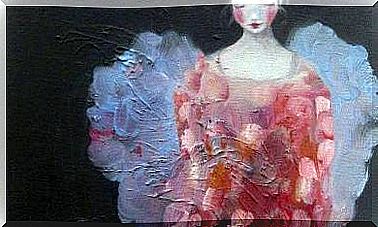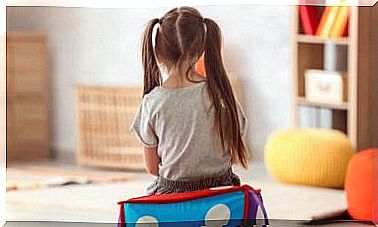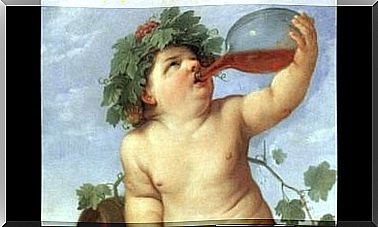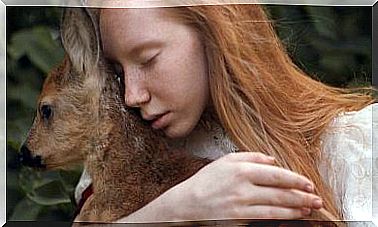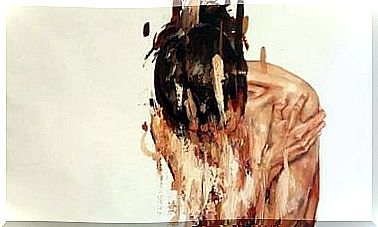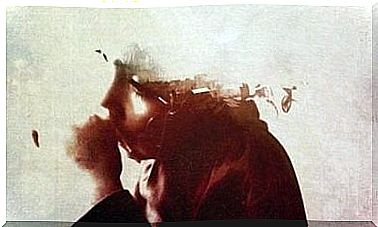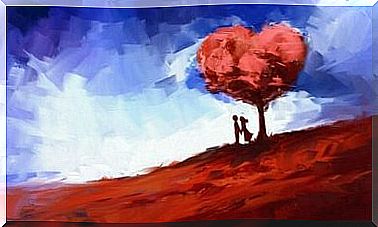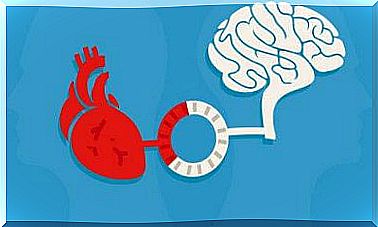The Happiness Bottle Technique. How To Do It And Why It Works
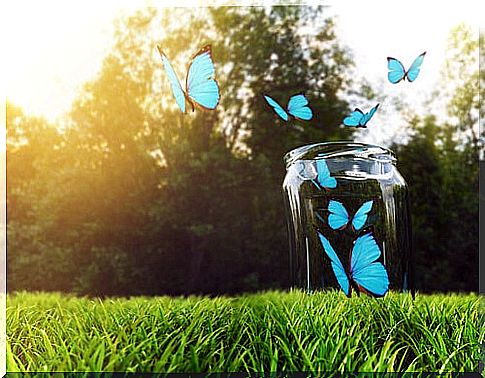
Interestingly, one of the most beautiful things that suspense queen Agatha Christie has said has nothing to do with mysteries. The author said, ” that one of the luckiest things that can happen to one’s in life is that one has a happy childhood.”
Therefore, today we will look at how the happiness bottle technique can help both younger and older people to become happy.
It is not always easy to think positively. Especially for adults who do not do it so often. It seems that children, in all their innocence, make it more natural. They play, laugh and have fun.
A positive attitude
Studies repeatedly show that a positive attitude is a very powerful weapon to overcome all kinds of obstacles. So therefore it is very important to encourage children to develop a positive attitude. It is an essential trait in their daily lives and gives them hope for the future
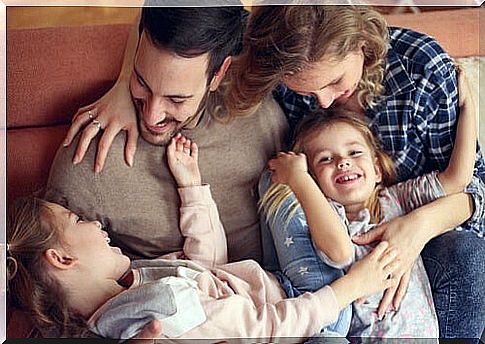
The happiness bottle technique can be described as a game that tries to reinforce a positive attitude that many children naturally have. It also helps create it in those who do not have one.
Not all children are as uninhibited as we assume. Many of them can actually handle conflicts and problems with a positive attitude well.
How does the happiness bottle technique work?
This technique tries to teach people how to deal with optimism issues. And so it was that the famous philosopher, Elsa Punset, came up with this little game:
It is a game to be played as a family or a group. All participants must choose a glass jar with a good size to be the lucky bottle. The jar should have a sticker that everyone can see and put in a visible place in the house.
Each day, participants should write down the best that has happened to them in the last 24 hours on a piece of paper.
We are talking here about simple things, like a good exam grade, a delicious meal, something that went better than expected, the meeting with a nice person, etc.
The person then folds the paper and places it in the jar. Believe it or not, the brain will pick up these little messages.
Every six months, the contents of the jar are examined, which at that time will be quite full. They read all the little positive messages aloud about what has happened in the last six months.
The Happiness Bottle Technique: What is the Goal?
But, what is the purpose of this happiness bottle technique? It’s not just a clever idea. We know that the human herd learns much – and well – from the classical method of trial and error.
Maybe it’s a very basic technique, but it has worked since they first put us in the highchair and we started throwing the toys on the floor.
It is also well known that a positive attitude can change negative situations into positive ones. While it may not be that simple, a positive attitude allows us to turn problems into opportunities.
Therefore, this technique helps with the following things:
- Children learn to reflect on all the good things that happen to them during the day. Sometimes they can be very impulsive and impatient and think that everything is terrible. This technique shows them that it does not fit.
- Children learn to appreciate the little things. A kiss, a hug, a nice word… Good things happen to us all the time, but we do not always have the attitude and qualities to identify them. To feel and enjoy them. But by fixing them in the brain, our attitude will change almost completely without us noticing.
- All parties will learn to distinguish between big and insignificant problems, especially the children.
- It is a very good technique that teaches everyone, especially the youngest, to be grateful.
- It is also a fantastic tool for improving family and group communication.

So do not wait! Bring the happiness bottle technique to life with the groups you are a part of. Let’s create a more positive world.

